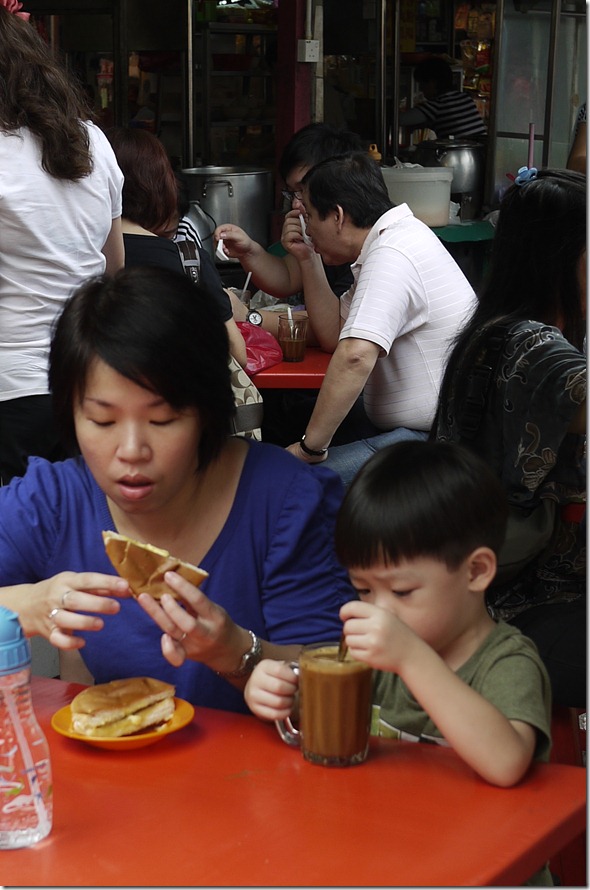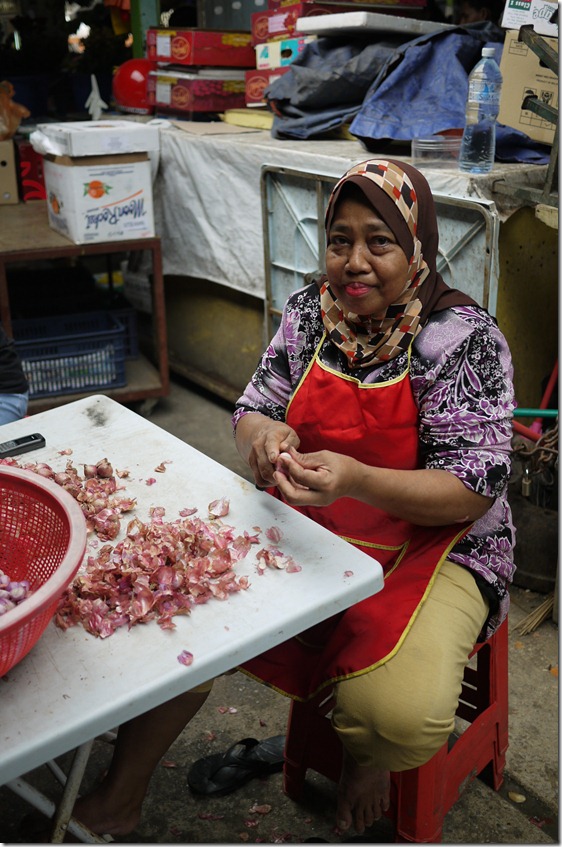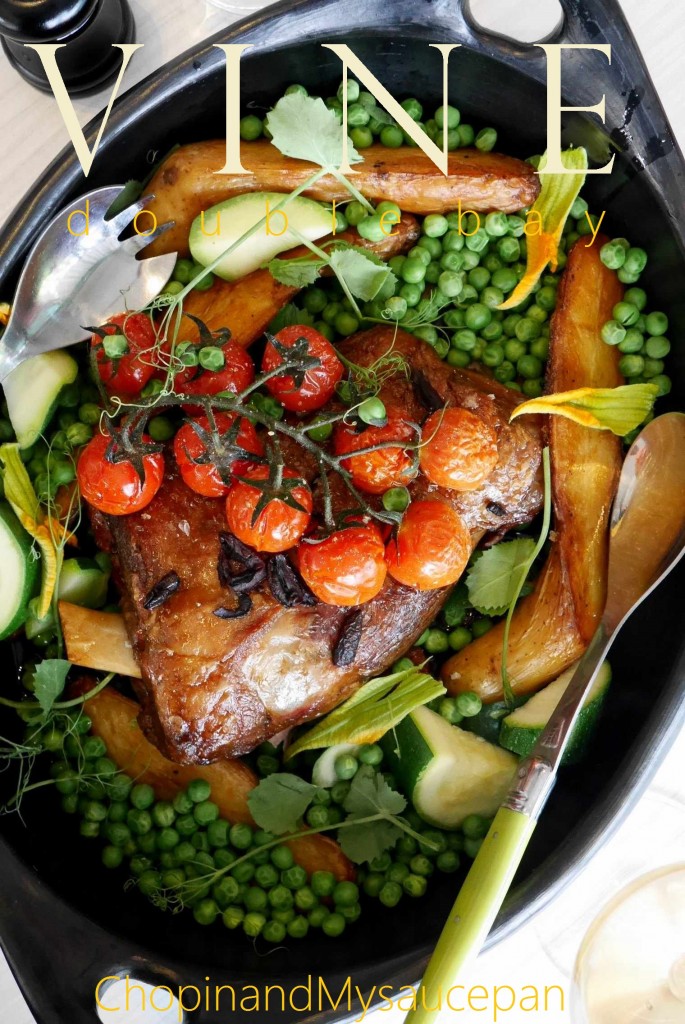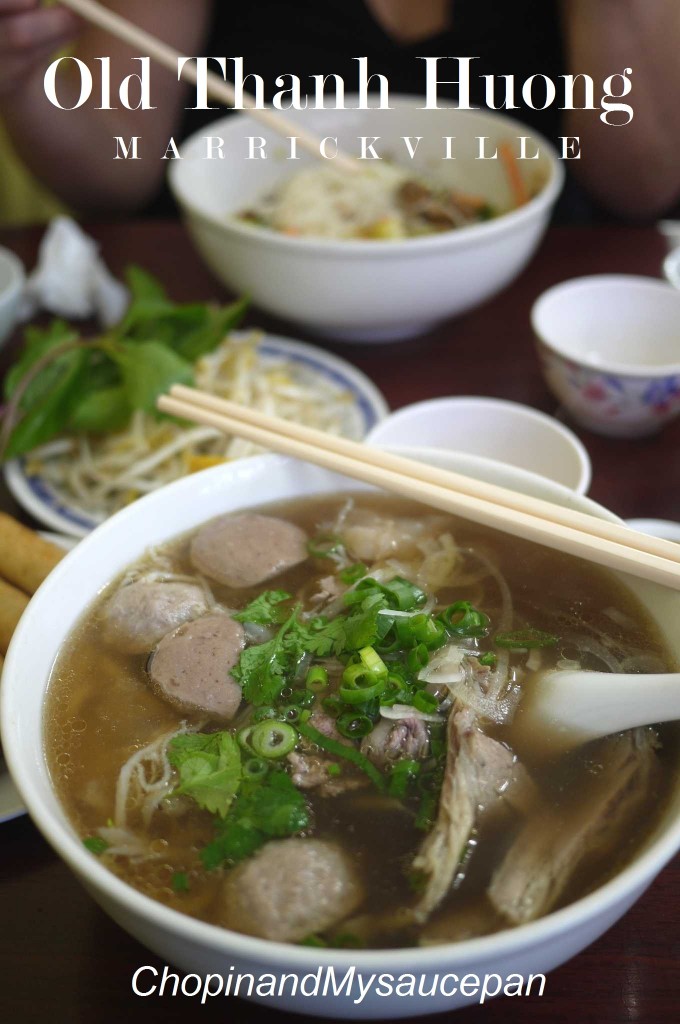One of my favourite places to visit whenever I am in Kuala Lumpur is the wet markets around the city. Although these wet markets are slowly disappearing in the face of global supermarket chains which now dominate fresh food retail in Malaysia, they are still one of the cheapest means of getting fresh meat, seafood, fruits and vegetables from rural cottage industries, farms, abattoirs and orchards to consumers.
These wet markets are also an eating place which sell Malaysian hawker food that has been part of Malaysian food culture for generations that date back to the colonials days of Malaya under British rule.
One of my favourite wet markets in Kuala Lumpur is the Imbi market on Jalan Kampung which is a stone’s throw from the shopping precinct of Bukit Bintang.
Overheads are low when shop owners do not need to rent retail space in large shopping centres. Everyday items such as clothing, kitchenware and utensils, toys and shoes are paraded and sold on the back of vans and makeshift stalls that fold shut at the end of each business session.
A makeshift kitchen can be the back of a scooter where succulent marinated meat is grilled and fresh bread toasted at the same time to make a delightful burger.
Utility vans unfold to become mobile vending shops selling drinks such as fresh sugar cane juice, soya bean milk and ice jelly drinks.
Popular Malaysian cakes and nyonya kuih are all readily available and there is rarely a session where these items are not sold out.
The business hours for food stalls usually start as early as 6am each morning (except Mondays where most wet markets around Kuala Lumpur are closed) and will remain open until all the food items are sold towards noon.
The livelihood of the shop owners at Imbi market has been dependent upon the patronage of locals who live in and around the city areas. Housewifes and foodies all have their favourite stalls and their own opinions as to which seafood stall sells the freshest prawns or which nasi lemak is the best in town.
Dried oysters and squid are relatively expensive and its concentrated flavours will bring complexity to soups and stir-fries.
The markets are also a favourite breakfast haunt for locals because of the array of food available. Malaysians love, among so many local favourites, nasi lemak, laksa, kon-low wanton noodles, kaya toast and chee cheong fun for brekky.
Whole families, tourists and golfers from neighbouring Royal Selangor Golf Club can often be seen tucking into their food after an early morning round of golf.
Yu tiao or deep-fried flour sticks are best dipped into local black coffee or accompanied with congee.
A wide selection of local desserts, sweets and savoury treats is hard to resist as you walk through a meandering maze of food, clothing and fresh fruit stalls.
I approach the famous Sisters Crispy Popiah stall and one of the sisters was busy making the delectable vegetable rolls that is filled with beansprouts, roasted peanuts, cucumber, crispy dried shrimps and jicama (also known as yam bean or turnip) then laced with hoisin and chilli sauce.
She was a little shy and gave me a sheepish smile until a waiting customer blurted that her popiah would soon be featured on the internet.
She then looked up and gave a big smile into the camera. Her skills in making these popiah is quite amazing. Within a minute, she has spooned all the ingredients into at least 10 wafer-thin skins, rolled them up and chopped each into five equal segments for a throng of waiting customers.
By about 11am, the busiest of trading times are almost over and each stall begin to wind down and call it a day.
By far the wettest part of the Imbi wet market is where the fresh seafood and chicken stalls are. Fresh seafood is paraded on open table tops with big ice blocks as make-shift refrigeration.
The area where chickens are slaughtered and prepared for sale are probably the wettest because large amounts of water is required to process the live birds.
Live birds are stacked in cages awaiting the cull where slaughter hands slit the throat of each bird with clinical precision, left to bleed and then tossed into a large defeathering drum.
The entire process of preparing the live birds for sale might take all of fifteen minutes where fresh chicken meat is then paraded for sale on open table tops.
Chicken feet is a local delicacy that can be found during yum cha and also used in soups.
Whole fresh chickens with legs and head on is a very rare sight in Australia.
Fresh chicken eggs are not classified in terms of weight, caged, free range, its origin, providore and all other information that we look for in our delis and supermarkets.
Lamb is a local favourite and is usually made into delicious lamb curries and stews.
Eschallot is used for a variety of cuisines in Malaysia, especially from making curry pastes, sambal, chutney, garnishes and fresh salads.
Tropical fruits such as rambutan and jack fruit is relatively cheap and plentiful and definitely a favourite with locals.
Apart from eating it fresh, jack fruit is also used to make desserts and cakes.
Toys for toddlers and children are plentiful and local also come to the markets to shop during festivals such as Chinese New Year, Hari Raya, Deepavali and Christmas.
It is sobering to find talent in the face of adversity and hardship.
Imbi market (aka Pasar Besar Bukit Bintang)
Jalan Kampung (off Jalan Bukit Bintang)
Kuala Lumpur, Malaysia 55100
Open everyday (except Mondays) from 6.00am – around noon.



















































































































































Thank you for sharing so much of your fabulous culture with us through this wonderful photos
What a great day out! There’s everything you need here isn’t there? I’ve never seen dried oysters before, but they’d be great to cook with.
Thank you so much for the nice tour at the market…I enjoyed the pictures and the description of it…I love visiting local markets…and I miss so much the fresh yu tiao…
Hope you are having a fantastic week
Arrrrrrrrr I was enjoying all the pictures of the market until the CHICKEN!!! Wish me luck, I’m about to go to bed and the image of the chicken feet sticking out from a bag is stuck in my head. lol! Thanks for the wonderful report! 😉 chicken feet chicken feet chicken feet…
What a wonderful market, and ooohhhhhhh, how much I’d love to stroll around there! 😀 I’ve been to traditional (food) markets like the in Tunesia and Italy, but in Germany we don’t have those anymore.
Thanks- I loved this post!
I loved the picture of the chicken feet! My husband grew up on a farm in Canada- and he’s always talking about how much they loved chicken feet.
The entire market and the vendors are a delight- I almost felt like I was there, too!
I love visiting food markets-they’re always so alive with people and have so many things to see
What an amazing array of wares from the seafood to the produce. And those rolls look to die for. Yum!
All the food looks good, but I love yu tiao and have never had them that fresh before.
I enjoy fresh popiah anytime! Chicken feet reminds me of Chinese dim-sum. Yum!
Great post! Thanks for taking us along with you. I wonder why I haven’t been to this market before.
Pingback: India 2012: 20 HOURS IN KUALA LUMPUR (April 13) « WHERE I WENT & HOW I GOT THERE
I grew up as a teenager at Imbi Road area back in the 1970s. It was all government squatters back then. I knew the houses were all taken down to give way to the development of this wet market ,bus stations and other infrastructures. So much of info was shared here by ChopinandMysaucepan and it makes me eager to have a tour of this market.
I will give an update and sharing after my tour. Thank you once again as it was very enlightening.
Pingback: Exploring Kuala Lumpur During Chinese New Year - Aldrin Mercado | Aldrin Mercado